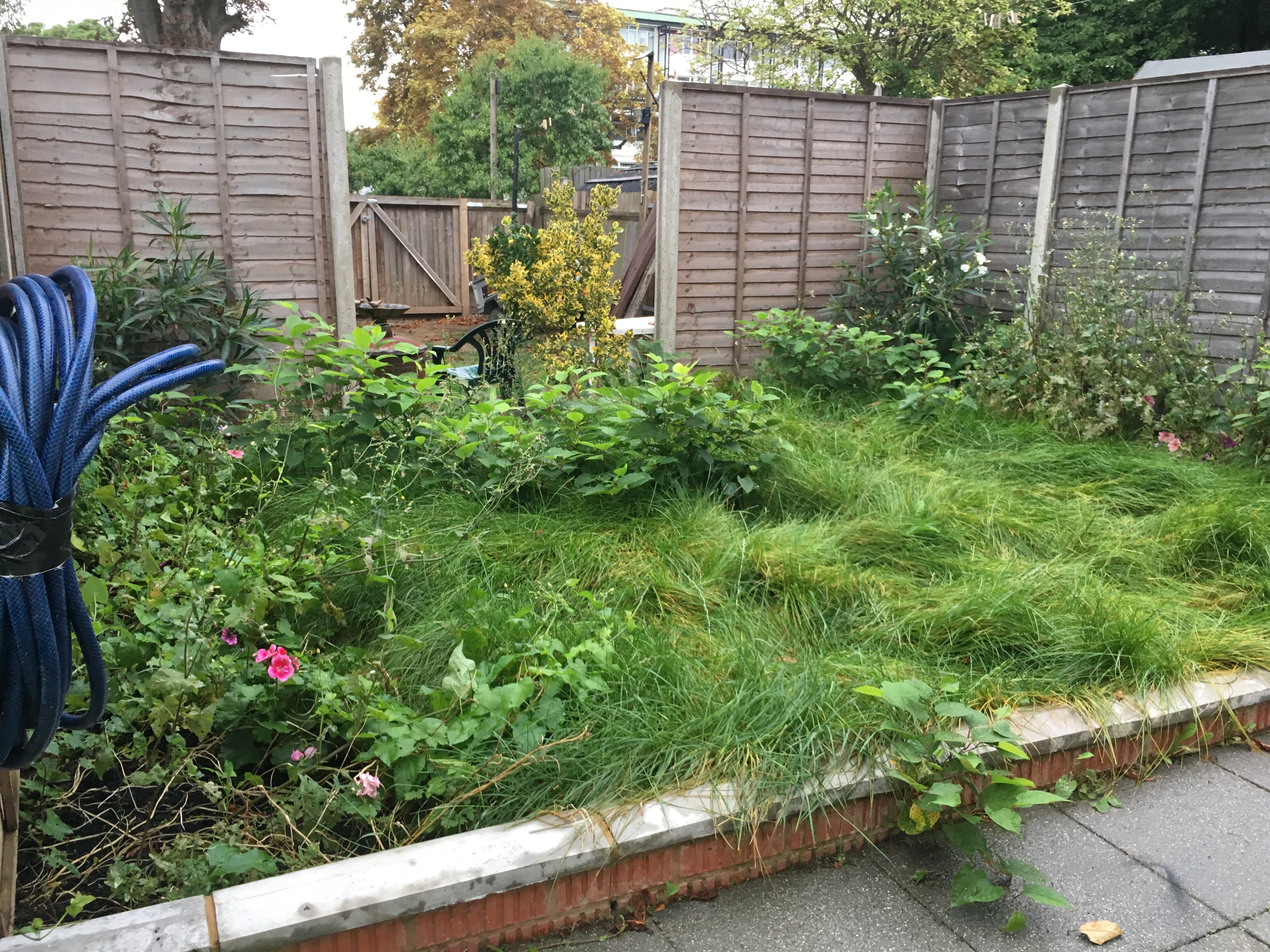

Japanese Knotweed Roots: What They Are and Why They’re a Problem
Japanese knotweed is infamous for being one of the UK’s most invasive plants. But it’s not just what you see above ground that’s the problem. Its root system (or more accurately, its rhizome network) is the real villain of the piece.
In this guide, we’ll dig beneath the surface, literally, to help you understand the nature of Japanese knotweed roots, how they spread, why they’re so hard to remove, and what to do if you suspect they’re lurking beneath your land.
Need expert help now?
What Do Japanese Knotweed Roots Look Like?
Japanese knotweed roots are technically rhizomes. These woody, branching structures can resemble ginger roots, with a tough, dark brown outer layer and a distinct orange interior when cut open.
Rhizomes are not just roots. They are underground stems that act as powerful spreaders. Each segment can create new shoots and roots, forming dense clumps known as crowns. These crowns serve as growth hubs that make the plant incredibly difficult to control without expert intervention.

How Deep Are Japanese Knotweed Roots?
This is where things get concerning. Japanese knotweed rhizomes can:
- Spread up to 7 metres (23 feet) horizontally
- Penetrate as deep as 3 metres (10 feet) into the ground
- Regenerate from fragments as small as 0.7g
These underground structures allow knotweed to remain dormant in harsh conditions. If the soil is disturbed, even years later, it can reawaken and begin spreading again.
This means if a site is cleared without proper precautions, you could be left with a hidden problem underground.
Why Are Knotweed Rhizomes So Problematic?
Rhizomes are what give knotweed its aggressive nature. They allow the plant to:
- Invade foundations, patios, drainage systems and walls
- Bypass most garden-level weed treatments
- Regrow even after the plant appears to be gone
Many homeowners don’t realise they have a knotweed issue until spring growth appears above ground. By then, the roots may have already done serious damage beneath the surface.
How Japanese Knotweed Roots Compare to Other Invasive Weeds
Unlike weeds that rely on seeds to spread, knotweed’s rhizomes:
- Multiply underground without flowering
- Survive extreme weather and poor soil conditions
- Regrow from even the smallest fragments left behind
That’s why eradication isn’t about cutting it down. It involves complete removal of the entire underground network.

Techniques for Identifying and Removing Knotweed Roots
Here’s how professionals locate and remove Japanese knotweed rhizomes:
✅ Root Barrier Installation
This method contains the underground spread, especially on property boundaries.
✅ Stem Injection
Herbicide is injected directly into the stem to travel down to the roots.
✅ Excavation and Disposal
Soil containing knotweed is excavated and taken to licensed waste facilities.
✅ Detection Dogs
Trained dogs can sniff out rhizomes buried underground or hidden beneath overgrown vegetation.
DIY removal rarely works. It can actually worsen the problem by spreading tiny root fragments.
What Time of Year Are Roots Most Active?
Knotweed rhizomes are most active during:
- Spring and Summer when rapid growth above ground is mirrored below
- Autumn as the plant stores energy for the winter
- Winter when the surface dies back, but the rhizomes remain alive and dormant
This year-round activity makes roots particularly difficult to eliminate without ongoing monitoring.

FAQs About Knotweed Roots
❓ Can you see the roots from the surface?
No. The root system is underground and remains hidden until growth emerges or excavation begins.
❓ Are knotweed roots poisonous?
No. They are not toxic to humans or animals, but they can severely damage property and ecosystems.
❓ Can knotweed grow through concrete?
Yes, but only if cracks are already present. The roots exploit existing weaknesses.
❓ Is it illegal to have knotweed roots on your property?
Not unless it spreads to another property or into the wild. That is considered an offence under the Wildlife and Countryside Act 1981.
Should You Remove Japanese Knotweed Roots?
Yes. Even if it appears dormant, knotweed roots pose a long-term risk. You should remove them if you:
- Plan to sell your home
- Want to qualify for a mortgage
- Need to protect your property’s foundation
- Want to avoid legal disputes with neighbours
Act quickly. Minimise the risk.

Final Thoughts: Don’t Do It Alone
Dealing with knotweed roots on your own can be overwhelming and risky. Even a small mistake can lead to regrowth, further spread, and potential damage.
At Japanese Knotweed Specialists, we offer expert removal and tailored treatment plans. Our services are backed by 5 or 10-year insurance guarantees, giving you confidence and long-term protection.
About the Author: Adam Brindle
Adam Brindle is the Founder and CEO of Grounds Care Group, the parent company of Japanese Knotweed Specialists. He has dedicated over a decade to tackling invasive species like knotweed, bamboo, and giant hogweed with cutting-edge tools and expert knowledge.